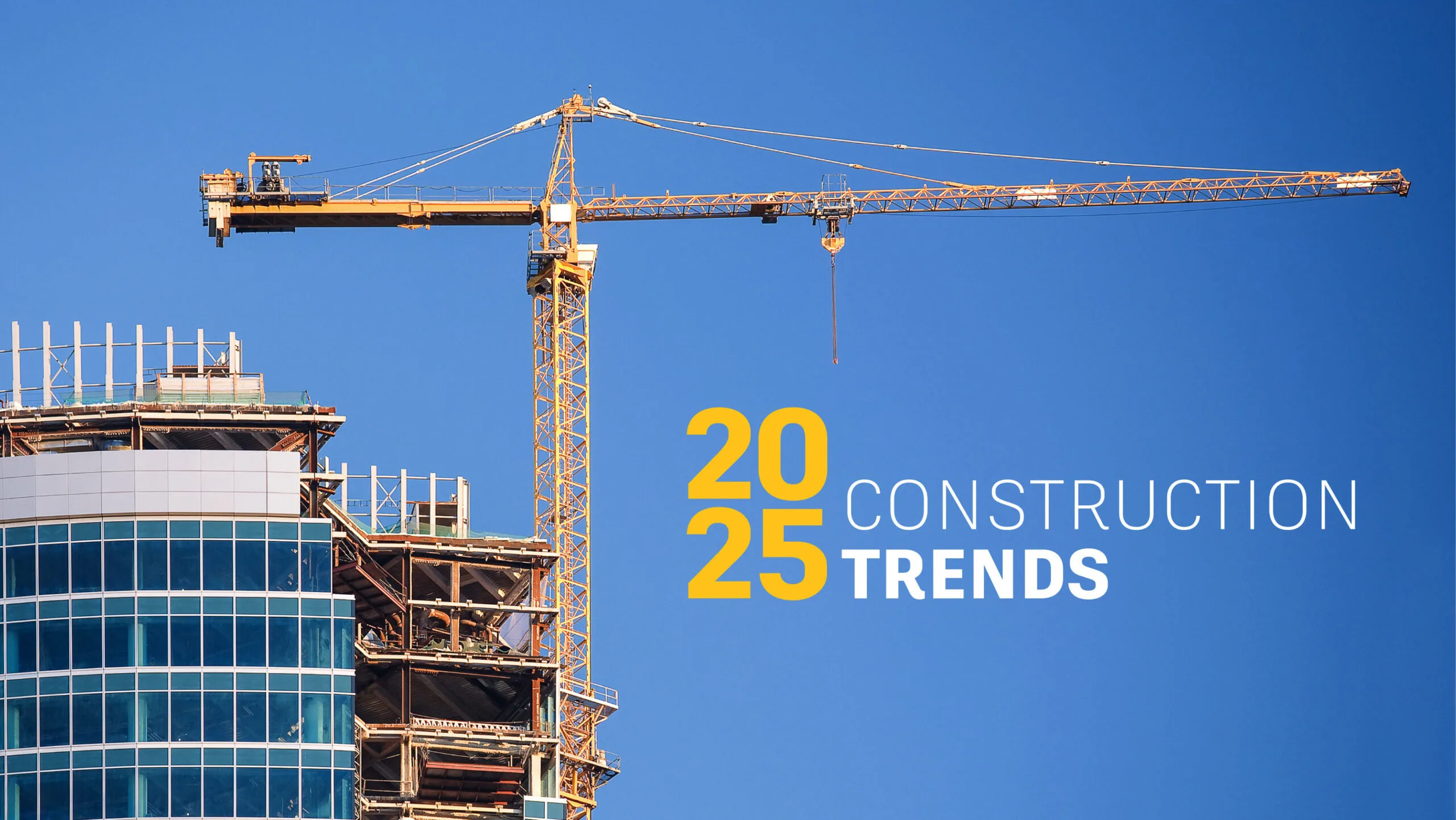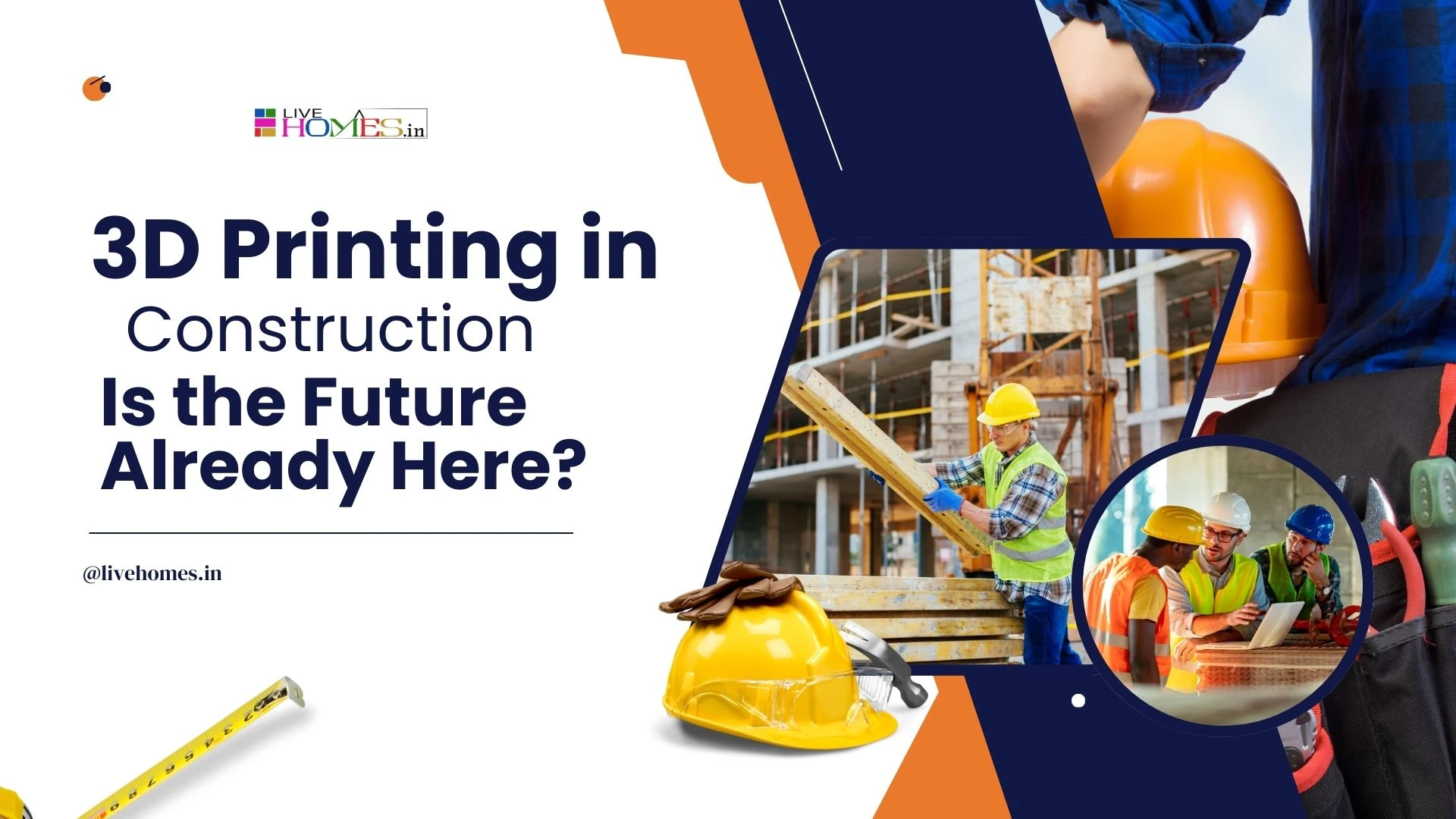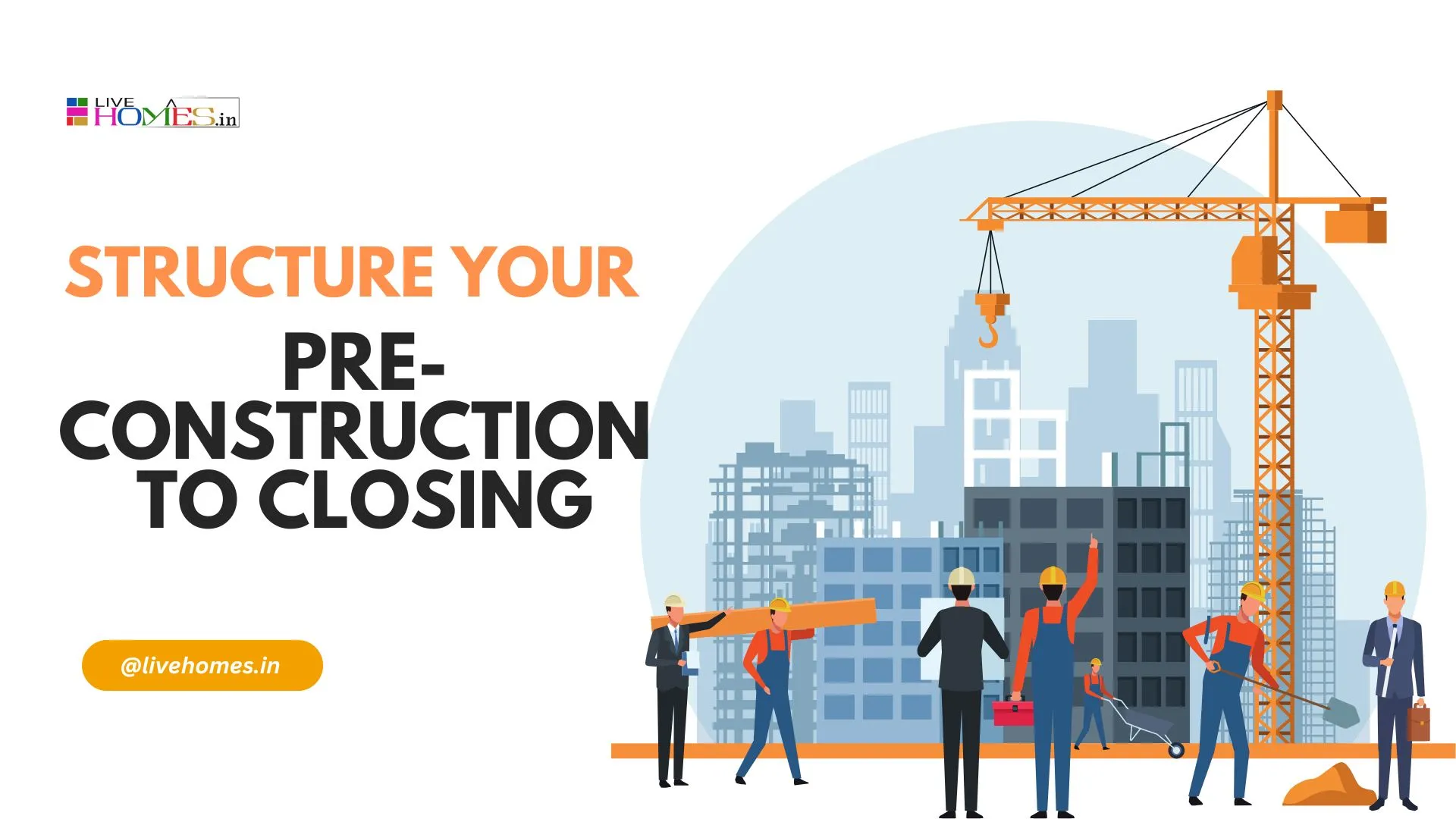The construction industry is evolving faster than ever—driven by tech innovation, labor challenges, and a growing demand for sustainable solutions. As we move further into 2025, several trends are shaping how buildings are designed, built, and maintained. Whether you're a contractor, project manager, investor, or just curious about the future of construction, here are the top construction trends to watch in 2025.
1. Modular and Prefabricated Construction on the Rise
Modular construction isn’t new—but in 2025, it’s exploding.
-
Why it matters: Prefab and modular methods reduce build time by 30–50%, minimize waste, and improve quality control.
-
Where it’s trending: Residential developments, hospitals, and schools are leading adopters.
-
Big players: Companies like Katerra (despite its troubles) set the stage; now others are improving the model.
Key stat: The global modular construction market is expected to reach $160 billion by 2030, with 2025 being a pivotal growth year.
2. Sustainability Is No Longer Optional
Green construction is shifting from “nice-to-have” to non-negotiable.
-
New standards: Builders are focusing on LEED certification, net-zero buildings, and eco-friendly materials.
-
Material innovation: Hempcrete, recycled plastics, carbon-negative concrete, and smart glass are gaining ground.
-
Why now: Climate change regulation and eco-conscious investors are driving demand for low-carbon construction.
Watch this: Governments worldwide are implementing stricter energy efficiency codes, especially in urban centers.
. 3. AI, Robotics & Automation Take the Stage
Artificial Intelligence (AI) and robotics are not just buzzwords—they’re working on actual job sites.
-
Use cases in 2025:
-
AI for project scheduling, risk prediction, and cost estimation.
-
Drones for surveying, site mapping, and monitoring.
-
Robotic bricklayers, rebar-tying machines, and autonomous equipment.
-
Impact: These tools reduce labor needs, improve safety, and slash delays.
4. Construction Tech: Apps, Wearables & BIM 2.0
Digital tools are making job sites smarter and more efficient.
-
Construction Management Software: Procore, PlanGrid, and Buildertrend are evolving with real-time data and cloud collaboration.
-
BIM (Building Information Modeling) 2.0: Integrates with AR/VR for immersive design previews.
-
Wearables: Smart helmets, vests, and glasses are improving site safety and communication.
Benefits in 2025:
-
Real-time monitoring of building performance
-
Predictive maintenance and lifecycle planning
-
Better collaboration across design, construction, and operations teams
5. Labor Shortage = A Skills Revolution
Labor shortages continue—but 2025 is bringing creative solutions.
-
The challenge: Aging workforce and fewer young workers entering the trade.
-
The fix:
-
Trade school resurgence with more tech integration.
-
Upskilling programs to teach digital tools alongside traditional methods.
-
Immersive training using AR/VR for safety drills and equipment training.
-
Opportunity: Companies that invest in workforce development will lead the future.
6. 3D Printing in Construction
3D-printed homes and buildings are no longer sci-fi. In 2025, they’re real, scalable, and more common—especially in disaster relief housing and affordable housing projects.
Advantages:
-
Reduced waste
-
Lower construction costs
-
Faster build times (some homes printed in under 24 hours!)
Watch for breakthroughs in multi-story 3D-printed buildings and new printable materials like carbon-infused concrete.
7. Focus on Workforce Development & Tech Upskilling
As tech infiltrates the job site, there’s a growing demand for digitally skilled workers in construction. The labor shortage continues to push companies to invest in training programs, apprenticeships, and tech upskilling.
What’s trending:
-
VR and AR training for new workers
-
Tech bootcamps for construction managers
-
AI-assisted workforce planning tools
8. Smart Cities & Infrastructure Upgrades
Governments are investing heavily in smart cities, and construction firms are leading the way in deploying IoT, green infrastructure, and connected building systems.
Smart infrastructure includes:
-
Roads with traffic sensors
-
Buildings integrated into city-wide energy grids
-
Climate-adaptive design and stormwater management
This will create long-term opportunities for contractors involved in urban development and civil engineering.
2025 will be a pivotal year for construction. Companies that embrace technology, prioritize sustainability, and invest in people will be better equipped to meet the growing demands of modern construction. Whether you're a contractor, architect, developer, or investor—keeping an eye on these trends could shape your next big move.
https://www.livehomes.in/blogs













